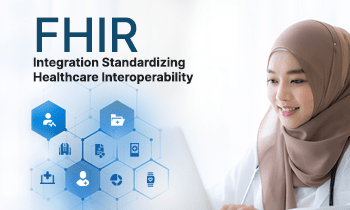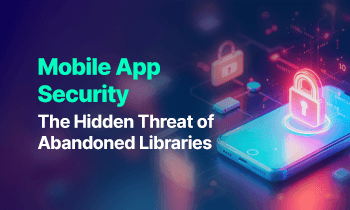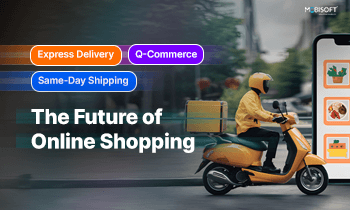Are we using technology to make a real difference in people’s lives?
Are citizens aware of “What’s new” and “What’s happening”?
Are the citizens getting benefited by all the government initiatives?
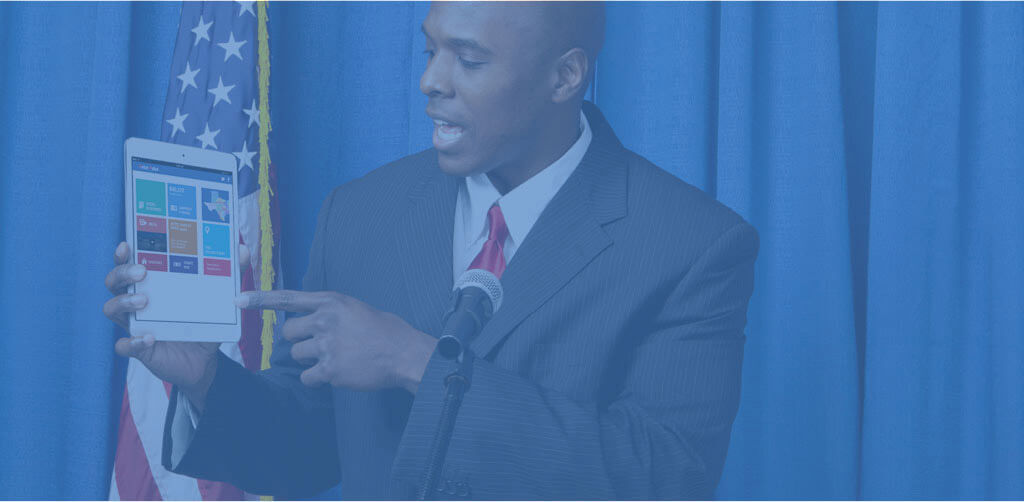
We aim to develop a swift and secure system to help bridge the gap between the government and people with ease and convenience. We aspire to attain this feat by making citizens aware of being the true contributors of all the government affairs. Today’s amazing mix of cloud computing, ever-smarter mobile devices, and collaboration tools is changing the consumer mindset, and it is standing in front of the government as both – an opportunity and a challenge.
To build for the future, the Government needs a Digital Strategy that embraces the opportunity to innovate more with less. A way to make this possible is by having common standards. We need to gather or produce better content and data, and present it through multiple channels. This can be done by a coordinated approach to ensure privacy and security in the digital age! We need to build a sound governance structure for digital services, and do mobile “right” from the beginning! We aim to provide a way to make it possible and more effective.
Most of the government websites have been developed using the following structure:
Database> Java> HTML> UI
The issue with this is, when any data is changed in the main database, one has to manually edit the HTML code for every system designed so as to incorporate the new data, which seems to be a lengthy and troublesome process. This also has high risks of the data being changed due to manual entry by number of agencies making the system. A solution to this could be using API’s . The API’s will basically work in the following heads:
Database > Java > API > UI
As the government has many departments, collecting data from every department would take time and efforts. A better solution to this is to ask every department to gather all the data and create separate API’s for each department. The benefit here is, as each department creates their own API, the data is well structured and it is also less time consuming to gather API’s from all departments. In case of any update, the updates are made department wise, which is easy, and time saving, and also help you witness a new version of the API.
When the data is changed in the main database, the departments need to make the changes in their API’s. Changes made in the API’s directly reflect on all the websites and mobile App.
If the API’ are made available to agencies, they can create their own platforms and can make the websites / apps visually appealing and user friendly. This will also be beneficial for the government as the agencies that are creating the platform through API’s provided by government will be paying some share to the government. Even the citizens attain some benefit like for example Railway booking. In today’s situation whenever a citizen has to book a ticket he is always directed to IRCTC website; no matter which site he is referring, he finally lands on IRCTC web page for reservation. The issue with this system is citizens are many times unable to complete their transactions and face lot of issues. There is no other way to do this. A solution to this could be having the railway bookings work similar to the existing flight booking.
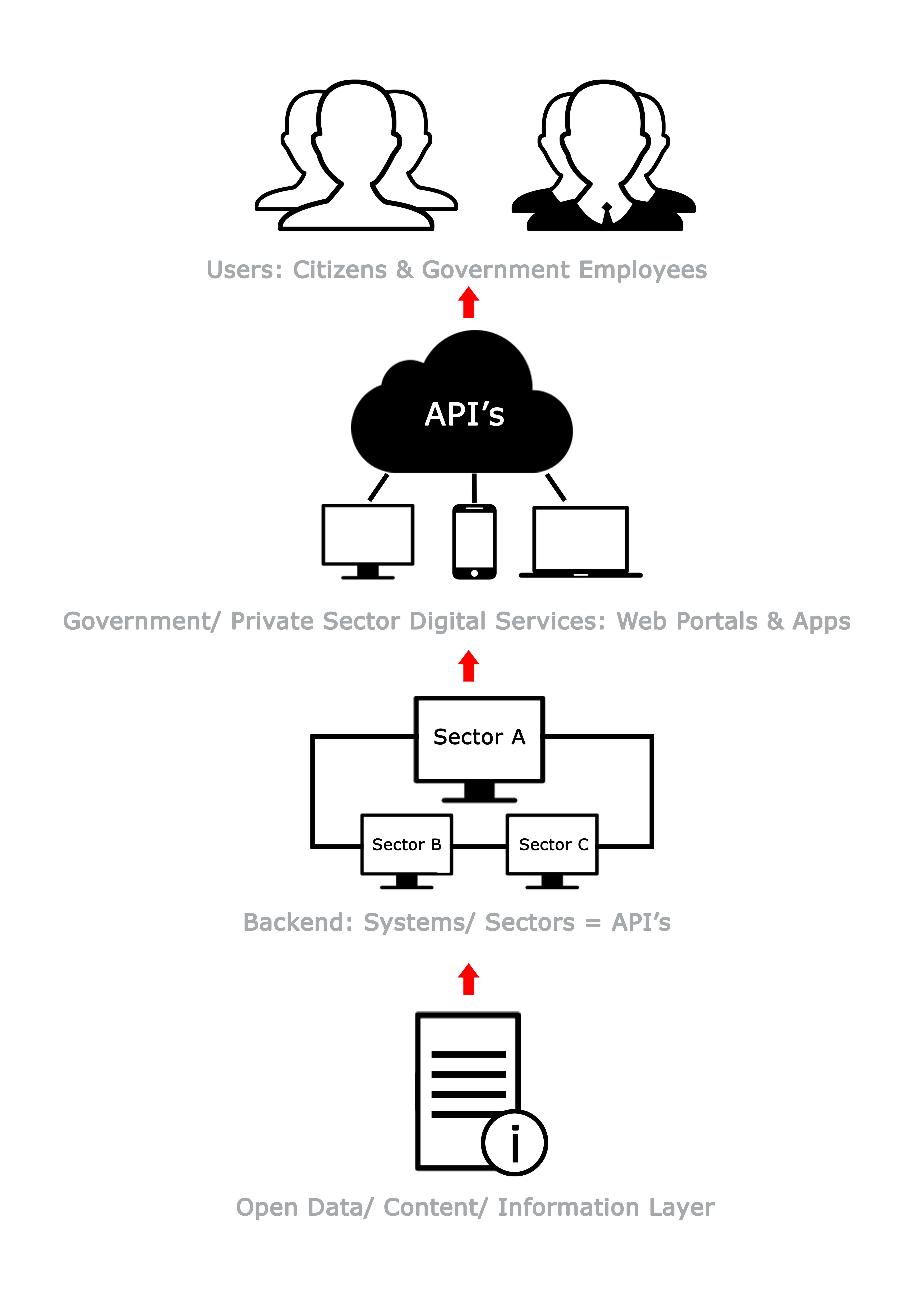
When things go online the question of security becomes a concern. Just like the idea of having a UID, which was truly beneficial, but failed to a level due to lack of awareness, we need to have a secure login to gain acceptance to this digital strategy
We can integrate this by authentication mechanisms wherein we need to have a role based access when the API’s are made. Further the data could be divided into public and private depending on the access that the government wishes to provide. This might also help reduce the risk of hacking and misuse of data.
Building for the future requires us to think beyond present. To keep up with the pace of change in technology, we need to modify our system. We need to have common standards and make sure everyone follows them. We need to produce better content and data, conduct research to understand the customer’s business needs and desires; make content more broadly available and accessible and present it through multiple channels. We also need to make content more accurate and understandable by maintaining plain language and offer easy paths for feedback to ensure we continually improve service delivery.
To make the delivery of e-Services faster, easier, effective and convenient, providing API’s could be an effective solution, as these will benefit the citizens. They will have better and multiple options to access the government e-Service. This will also benefit the government as it will solve many issues they are currently facing by making API’s based on departments.
Once the structure of the information is set, it can be presented to the customers through various mechanisms. (e.g. websites, mobile applications, and internal tools) Using modern tools and technologies such as responsive web design and search engine optimization, the government can adapt to an ever-changing digital landscape and deliver services to any device, anytime, anywhere. We now have a chance to do mobile “right” from the beginning by managing devices, applications, and data in a smart, and secured form.
Ultimately, this strategy aims to provide a platform to witness how the government connects with, and provides services to the people. It creates a space for citizens to become partners in building a better government, where every man feels that he is a contributor in the government affairs.
